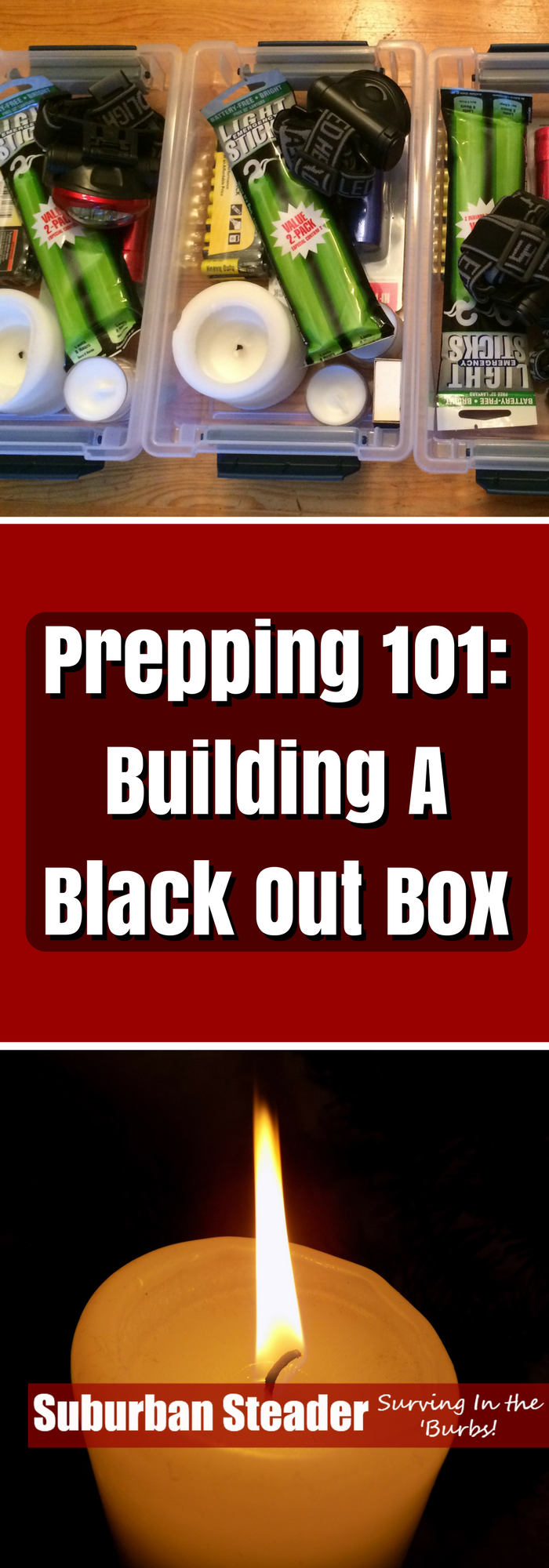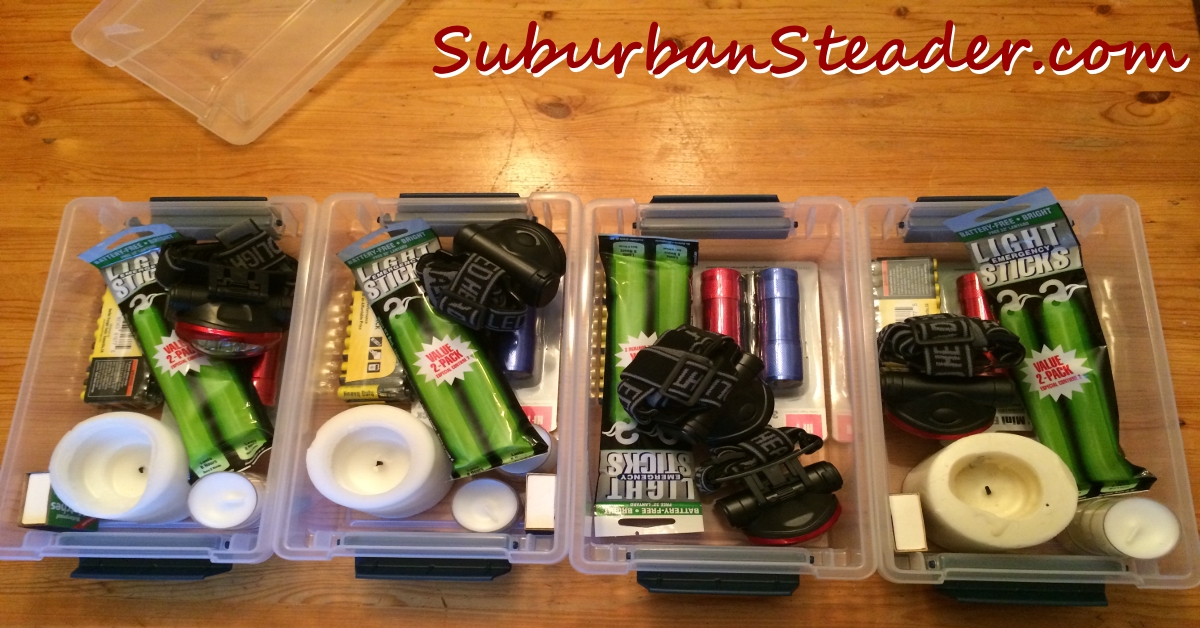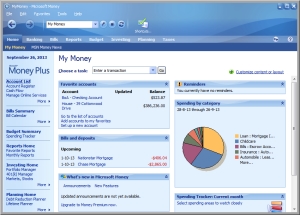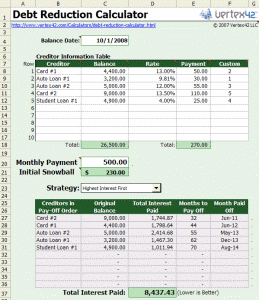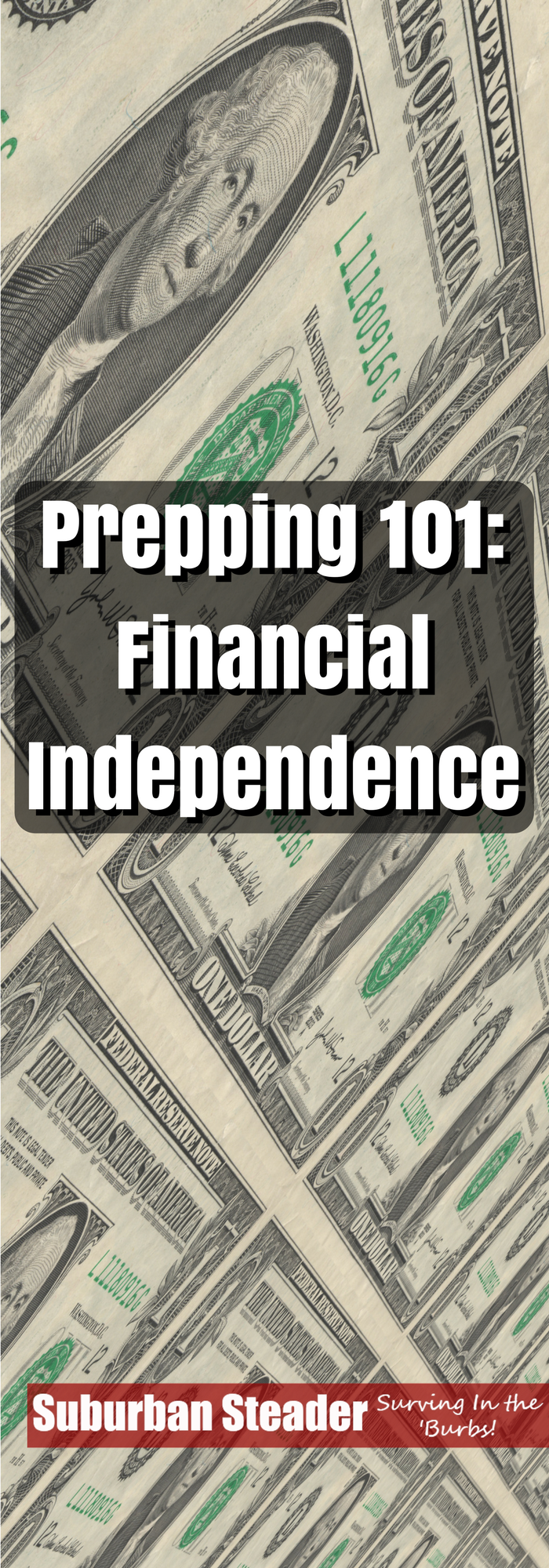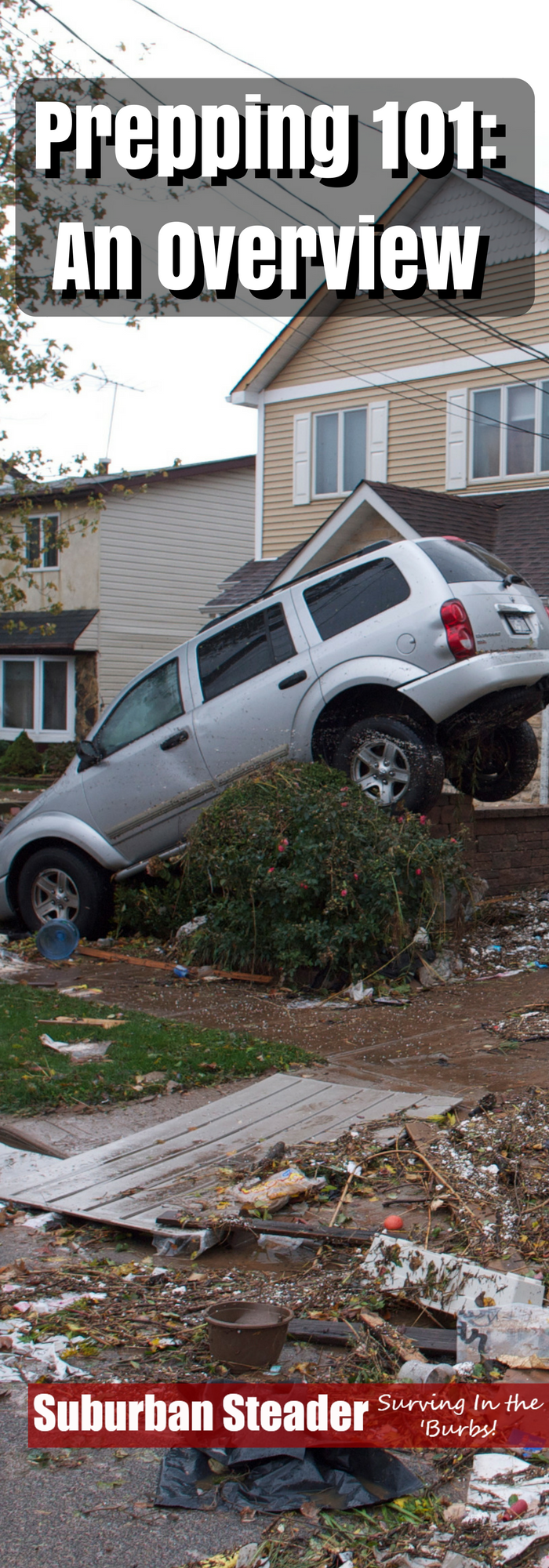Prepping 101: Building a Black Out Box
Looking for a fun project to do with the kids which will add to your preps and is probably something you haven’t thought about doing yet? Build a Black Out Box!
What’s a Black Out Box you ask?
Simply put, a Black Out Box is a small container which houses items that will allow you to get setup if and when the power goes out. Build one today!
Why Should I Build A Black Out Box?
We all know that being set-up for different scenarios is what makes us (preppers, survivalists, whatever your name du jour is) different from the rest of the world. We stock away food, clothes, equipment, firearms, ammunition, seeds, tools and just about anything else we might need with the world goes south.
Obviously, it’s great that we are prepared for anything that might happen. And here at the Suburban Steader homestead we prepare for situations which you can picture as expanding circles with the most complex disasters being at the outside and the simplest situations being at the center. If a complete SHTF event is the outer circle, a power outage is one of the most inner circles. So, while you have your Bug Out Bag all prepped for when you have to ditch out, you also need a Black Out Box for those most common instances where the power is out for any kind of duration.
The Black Out Box consists of items which allow you to navigate your house and begin acting on further protocols, depending on the situation. Think of the two following situations:
Situation #1: Simple Power Outage
It’s a weekday night during the spring or summer and you’re in the process of putting the kids to bed. The weather is warm, but daylight is gone. All of a sudden, you hear the screech of locked up tires and a big crash. Someone has run into a telephone pole at the end of the street and knocked out power to your neighborhood. The crash aside, it’s not a major catastrophe, although you will be out of power for at least a few hours. What are you going to do?
If you have a Black Out Box, you know right where to go to grab a flashlight and a few candles. These items will light up your house enough to get the kids in bed. Maybe you and your spouse enjoy a glass of wine against some candlelight afterwards – not such a bad way to spend an evening.
Situation #2: Major Storm Hits
It’s the middle of a winter night and a blizzard dumps over three feet of snow in your neighborhood. In addition, the storm turned into an ice storm which but inordinate amounts of weight on the power lines and caused a power outage in most of the county. Power will be out for days due to emergency personnel having trouble accessing neighborhoods.
You, being the prepared individual you are, go straight for your Black Out Box. The equipment in the kit allows you to navigate the house and get prepared for the longer duration. You’ll have light to get to your generator and whatever other preps you need to implement.
How To Build A Black Out Box
The good news is that building a Black Out Box does not cost a lot of money. But, before we get into cost, let’s talk about what’s in a Black Out Box. As we’ve mentioned, the main purpose of Black Out Box is to allow for quick access to light when the power goes out. So, as you might imagine, we suggest the following items for a Black Out Box:
- Flashlights (with spare batteries)
- Headlamps (with spare batteries)
- Candles (with matches and/or lighters)
- Glow Sticks
- Fire Starting Material (if you have a fireplace or wood stove)
I’m willing to bet that you have most, if not all of these items around the house. If not, you can pick them up quite inexpensively at local shops. For instance, I was able to put together the kits shown below for less than $20:
- Storage Tub w/Lid – $2.99 (Target)
- (2) 3.5″ LED Flashlights – $2.99 (Harbor Freight)
- Headlamp – $4.97 (CostCo)
- AAA Batteries – $4.99 (Harbor Freight)
- Light Sticks – $1.97 (Home Depot)
- (4) Tea Lights – $1.00 (Target)
I want to caveat this Black Out Box kit with the statement that we put ours together as an exercise in cost. I would recommend sticking with higher quality equipment. I’ve put together a list of Black Out Box equipment you might want to consider purchasing below:
Suburban Steader Black Out Box
Where To Put Black Out Boxes
We built four Black Out Boxes and placed them in strategic positions all around the house. Remember that you’ll most likely not know when the power is going to go out and will need quick access to the Black Out Box. With that thought in mind, we recommend these suggestions:
- Have a Black Out Box on each level of your house
- Have a Black Out Box in each bedroom
- Have a Black Out Box in each room that is regularly used
With these guidelines in mind, we placed our Black Out Boxes in the following locations:
- Our Bedroom
- The Kids’ Bedroom
- Under the sink in the Kitchen
- In the entertainment center in the Den
Each of these areas of our house has heavy traffic and provides locations which are easily accessible. Even more important, these are the rooms someone will most likely be in when the power goes out.
Wrap-Up
There you have it – the how’s and why’s of building a Black Out Box. I strongly you recommend building a few of these and stashing them around the house.
My kids really enjoyed putting these together with me – they even enjoyed going to the store to pick out the items we put in them.
Let me know in the comments if you have any questions and post pictures of your Black Out Boxes on our Facebook Page!
